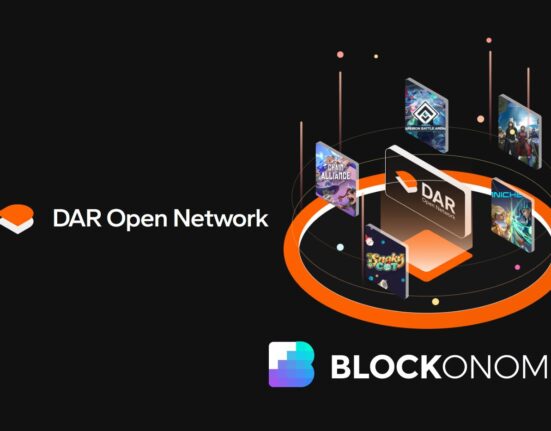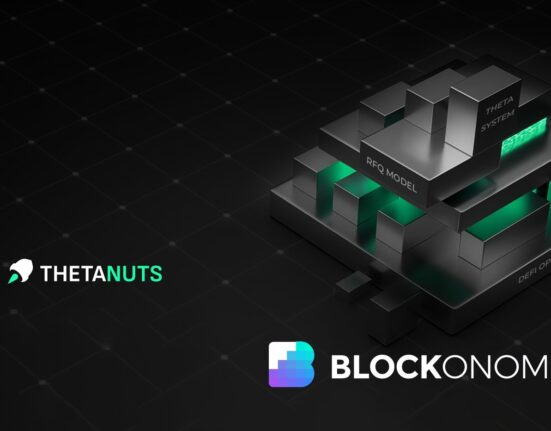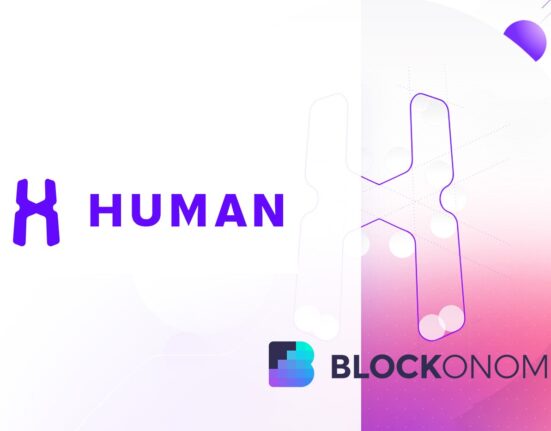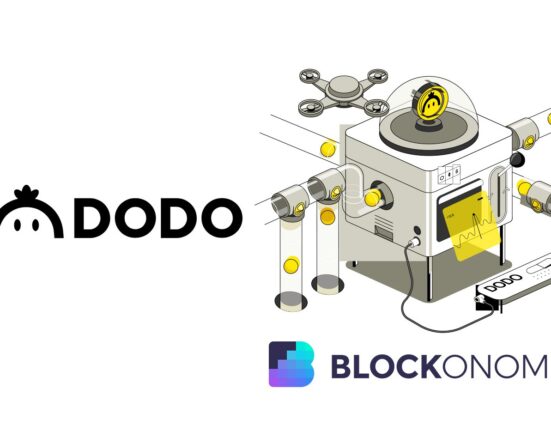The world of online jobs is growing all the time. The HUMAN Protocol ($HMT) sees how much better the online hiring space could be, and created a platform to make positive change a reality.
The HUMAN Protocol is an open-source, blockchain-based platform that aims to revolutionize task management by leveraging automation, blockchain integration, and global accessibility. It focuses on tasks that require a human in the AI/ML space.
The HUMAN Protocol is a platform that’s open to all, and you should take a look!
What’s The HUMAN Protocol All About?
The HUMAN Protocol creates an ecosystem where AI/ML businesses can offer jobs, workers can earn, and developers can contribute via oracles and other innovative tech applications. While it is focused on AI/ML jobs, other industries could use the platform as well.
The platform aims to solve the challenges in managing human-based tasks on a large scale. It addresses inefficiencies, opacity, and the potential for unfair compensation. There are issues in the online hiring space, which tend to hurt workers.
Traditional outsourcing or crowdsourcing models can be abusive, and reward the person paying for labor at the expense of the worker. The HUMAN Protocol’s model addresses these issues, and could make a big impact on how hiring and work happens globally.
The HUMAN Protocol Makes Sense
Transparency is key in the online job space. With blockchain technology, The HUMAN Protocol ensures that all transactions are secure and verifiable.
Scalability is created by the platform’s ability to connect with a global workforce, enabling Job Requesters to easily scale their operations up or down as needed.
Fair compensation is delivered via the transparent payment system. Encouraging Workers to consistently deliver high-quality work.
As the demand for human-powered tasks grows in the AI/ML space, The HUMAN Protocol offers a promising solution for streamlining workflows.
Let’s dive into the core components of the platform:
Automation
Automation on the platform brings together the entire workflow from job creation to payment. It reduces the need for manual intervention, so errors are avoided.
Blockchain Integration
The integration of blockchain technology provides an immutable and transparent ledger for all transactions and data related to job completion and payment. Data integrity is at 100% with HUMAN Protocol’s system.
Global Access
The platform’s global access allows employers to tap into talent across the globe. An employer can scale hiring with a simple click, and tap into potentially millions of workers.
Tasks
The HUMAN Protocol creates a clear division between Job Requesters and Workers.
Job Requesters could be individuals or organizations seeking to outsource tasks in the AI/ML space, to anyone who needs the kinds of skills available on the platform. The requester is responsible for defining the scope of work, setting evaluation criteria, and determining fair compensation for the tasks.
As a part of the process, Job Requesters create detailed job listings that clearly outline task requirements. Evaluation metrics ensure quality and accuracy, so Workers get paid on time once the work is done.
On the other hand, Workers are people who seek available tasks on the HUMAN Protocol platform, selecting jobs that align with their skills and expertise.
Workers carefully review job specs, then completing tasks according to the instructions. Workers need to submit work for approval, and receive payment for successfully completing assignments.
The tasks on the HUMAN Protocol generally require human intelligence, often related to data handling. Many tasks are aimed at training AI.ML models or may improve the accuracy of AI-driven applications.
Some examples include:
- Image and video labeling
- Text categorization
- Data entry and verification
- Audio transcription
While AI/ML tools have incredible power, most lack basic human skills like recognizing simple objects or nuanced speech. The HUMAN Protocol makes it easy to overcome these limitations, while delivering job opportunities in the global Web3 space.
Workflow: Making it Happen
It all begins with Job Creation, where employers create job listings. Job Requesters can check task requirements, evaluation criteria, and the compensation to see if the job is a good fit for their skills.
The next stage of the process is Job Execution, which means completing the work according to the instructions.
Once the work is submitted, the process enters the Evaluation phase. Every job will have its own approval criteria, as outlined in the job listing. This phase may involve automated checks, peer review, or evaluation by validators.
Finally, upon successful evaluation, payments are automatically processed and transferred to the workers, guaranteeing timely and transparent compensation for their work.
$HMT
The $HMT token is the native token for The HUMAN Protocol’s platform. It’s designed to empower holders with governance and staking rights.
A key aspect of $HMT’s design is the ability for holders to lock up their tokens. This lock-up mechanism grants voting rights and other perks.
Beyond governance, $HMT lock-ups also contribute to network security.
The system can deter flash loan governance attacks via requiring a minimum lock-up time and using unstaking fees. These attacks exploit temporary control over a large number of tokens to manipulate voting outcomes.
Additionally, a discount mechanism could be introduced to incentivize the use of $HMT for fee payments, increasing demand for the token and integrating it more deeply into the network’s economy.
Users can also separate the routing protocol from the execution protocol and limit governance to the routing protocol. This division of responsibilities allows the network to maintain flexibility in its execution layer.
The HUMAN App
The HUMAN App is also a key component of The HUMAN Protocol. The platform offers users the ability to engage in tasks, configure operators, and oversee network activity with an intuitive dashboard.
The app is equipped with a user-friendly interface, ensuring that participants can easily engage with tasks and track their progress. Users can view available tasks, select the ones that suit them, and monitor their status.
Distribution of tasks across a worldwide workforce is simple with the app. Dividing large projects into smaller, manageable units ensures that projects are not controlled by a single entity.

A system of “earning in tokens” rewards participants for their contributions. All earnings are immutably recorded on the blockchain, which provides transparent and verifiable transactions.
On the other hand, the “blockchain-enabled verification” feature ensures that all contributions are accurately verified, guaranteeing that only valid contributions are rewarded.
The app also supports a wide range of tasks and use cases across various industries, ranging from machine learning data annotation to other forms of digital work. Developers can leverage the provided SDK to create new applications or enhance existing ones by using the protocol’s framework.
The HUMAN Protocol: Management of Distributed Work Done Right
Focusing on data handling and classification tasks makes The HUMAN Protocol particularly valuable in the context of AI development and data-driven innovation.
By decentralizing digital work and providing a fair compensation model, it helps to pave the way for individuals in regions with limited access to traditional employment, enabling them to join the global economy.
With automation, blockchain technology, and a global talent pool, the platform also provides a framework for Job Requesters and Workers to collaborate efficiently.
While AI/ML creates loads of new opportunities for developers, there are always going to be jobs for humans. The HUMAN Protocol’s platform offers a safe place for innovators to tap into labor on a global scale!







